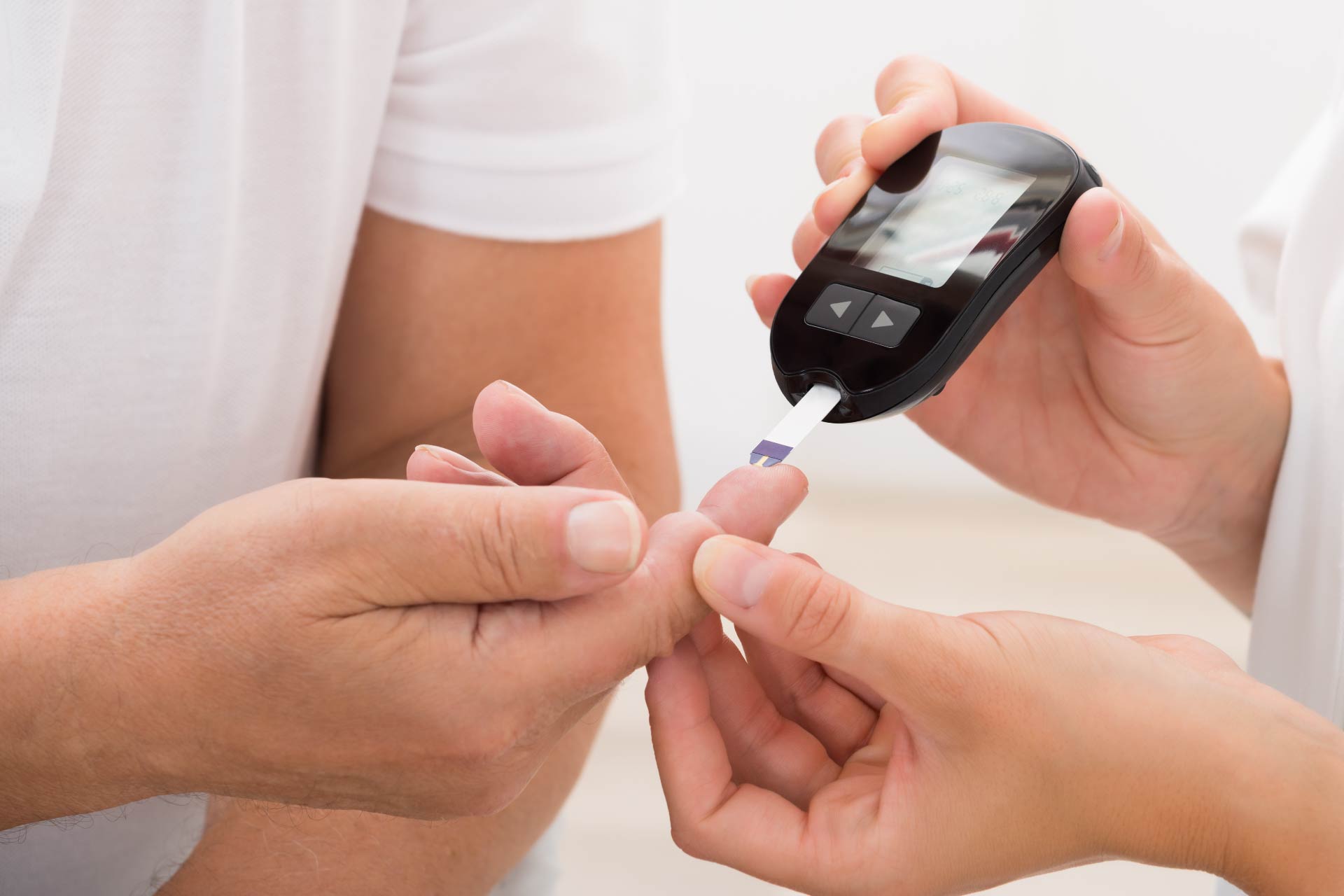• Out of rhythm
• Predicting diabetes
• Arrhythmic functions
What is already known on this topic
The gut microbiota, together with lifestyle and genetics, are some of the main risk factors for metabolic disorders. But the role of gut bacteria in the development of such conditions, especially type 2 diabetes, remains elusive.What this research adds
By analyzing stool samples from more than 3,000 people, researchers found that the number and function of specific gut bacteria changed over the course of the day in healthy individuals. But in people with type 2 diabetes, some of these microbes didn’t follow a day-night rhythm. Such “arrhythmic” bacteria helped to predict type 2 diabetes in 699 individuals five years after the initial analysis.Conclusion
The findings support the idea that changes in the gut microbiota have an effect of nutrition-related diseases. The study also open avenues for using arrhythmic bacteria as a marker for metabolic disease.
The number and function of many gut bacteria changes over the course of the day. But in people with type 2 diabetes, some of these microbes don’t follow a day-night rhythm, a new study has found.
The findings, published in Cell Host & Microbe, suggest that 24-hour changes in the gut microbiota profile could help to predict who’s at risk of developing metabolic disorders. “When certain gut bacteria do not follow a day-night rhythm, so if their number and function does not change over the course of the day, this can be an indicator for a potential type 2 diabetes disease,” says Silke Kiessling at the Technical University of Munich, who co-led the study. “Knowing this can improve diagnosis and outlook of type 2 diabetes,” she adds.
Scientists have known that the gut microbiota, together with lifestyle and genetics, are some of the main risk factors for metabolic disorders. But the role of gut bacteria in the development of such conditions, especially type 2 diabetes, remains elusive.
To address this question, Kiessling and her colleagues analyzed stool samples from 1,976 people. All individuals were part of a study that examines the impact of genetic, lifestyle, and environmental factors on disease progression.
Out of rhythm
In all the study participants, the gut microbiota was dominated by Firmicutes and Bacteroidetes, and the number of these bacteria changed over the course of 24 hours, following a day-night rhythm.
But in obese individuals and those with type 2 diabetes, this daily rhythmicity was disrupted. In particular, bacteria that belonged to the genera Akkermansia, Bacteroides, Bifidobacterium, Blautia, Clostridium, Coprococcus, Dorea, Prevotella, Roseburia, and Ruminococcus didn’t follow a day-night rhythm in diabetic people compared with healthy individuals.
The team confirmed the disruption of microbial rhythmicity in type 2 diabetes in a group of 1,363 people, which included 1,070 healthy individuals and 293 diabetic people.
Predicting diabetes
The researchers developed an algorithm that used the bacterial arrhythmic profile to identify who’s at risk of type 2 diabetes. This bacterial ‘signature’ could correctly predict the condition in 699 individuals whose stool were collected and analyzed five years after the initial analysis. The signature included Bifidobacterium longum, Clostridium celatum, Intestinibacter bartlettii, Romboutsia ilealis, and several bacteria closely related to Fecalibacterium prausnitzii and Escherichia coli.
But gut bacteria and their variations over the course of the day might not be the only factors to predict diabetes risk. “Other parameters such as the body mass index play a role in being able to better predict a person’s future medical conditions,” says study senior author Dirk Haller.
Arrhythmic functions
Next, the researchers assessed whether the loss of rhythmicity of some gut bacteria in diabetic people also resulted in arrhythmicity of their metabolic products. The team identified 26 microbial pathways that didn’t follow a day-night rhythm in people with type 2 diabetes. Some of these pathways are linked to the metabolism of certain amino acids that are associated with health, as well as a type of fatty acids that are known for improving insulin resistance.
Although it’s still unclear whether arrhythmic bacteria are responsible for type 2 diabetes, “these findings clearly highlight the need to consider diurnal changes in the gut microbiome for diagnostic and prognostic investigations,” the researchers say.











